Research in Teaching of Foreign Languages: A Hand Book for Teachers
Synopsis
This book entitled "Teaching of Foreign Languages" deals with eleven chapters. Chapter first deals with 'Teaching pronunciation' play most significant role in the field of any language. Some times, teachers ignore about the exact pronunciation of different words in teaching from the very beginning of schooling that leads the students in difficult to make exact pronunciation of word. This wrong pronunciation changes complete meaning of words as they desires to express them to the other person. Keeping in view of the difficulties of pronunciation, this chapter includes the main preoccupation of methodologists regarding the teaching of pronunciation. It also provides complete picture of phonemic level to make the pronunciation exactly and clear. It also constitutes phonetic problems and different techniques of correction and learning process.
Chapter two deals with 'Applied Linguistics and Generative Grammar'. It indicates that a central question in the application of linguistics to the teaching of foreign languages involves the conversions of a scientific grammar into a padagogical grammar. It also indicates that strangely enough, the impact of the fifties on language teaching was primarily on the form and only incidentally on the account of pedagogical grammars. It helps, in the correction of slips, mistakes, false starts and a variety of non grammatical behaviour, which the competent speaker is able to identify as such and correct them. It will also enable textbook writes to base their material on the most adequate description.
Chapter Three Constitutes 'FLES : Achievements and Problems'. Foreign Language teaching in Elementary Schools (FLES) is an important American term. It deals with the problems of the teaching of foreign language to the children of primary schools to the upward general school system. It includes recent trends, current development. English experiment (1963-1969), New Teaching Materials, and FLES problems. Regarding the optimum age, the Modern Language Association of America 1956 invited a small number of persons experienced in language teaching to younger children together with a number of scholars, eminent in disciplines related to this problems. It also discusses the problems of neurophysiology, bilingualism and child development.
Chapter Four deals with 'Bilingualism and Language Teaching'. Bilingualism has been defined as "demonstrated ability to engage in communication via more than one language". This chapter makes the discussion on the various aspects of bilingualism and language teaching like importance, degrees and kinds, contexts, the processes and types of bilingualism "functioning". Some consequences and concomitants of the "Direct Method of Second Languages Learning and the pains and pleasures of bilingualism are also studied in this chapter.
Chapter Five namely 'Testing Foreign Language learning' makes comprehensive description of language aptitude, listening comprehension, speaking skill, and reading comprehension. It also includes the concepts of reliability and validity of tests in languages teaching.
The application of scientific findings in the field of human affairs play a significant role in the modern times. Teaching of foreign languages is a human endeavour which has at its disposal several disciplines offering scientific discoveries for application. In relation to this significant aspect, the chapter six with 'Contrastive Analysis and teaching Materials'. The important purposes of this chapter is to discuss an approach which would apply up to date linguistic principles to the development of foreign language text materials. It provides a blueprint for a foreign language programme.
Chapter seven deals with Human Learning. It studies the general nature of human learning defined and explained by four different learning theories. These are classical behaviourism, neobehaviourism, cognitive learning theory and humanistic psychology. Chapter eight deals with Introduction to Hispanic Literature. It describes the nature of literature clearly.
Language cannot keep this existence in the vacuum. It always requires some sort of social environment. Each and every language has its own function in the society. Therefore, the Chapter Nine deals with The Social Function of Language. It explains more closely the importance of being aware of the varied social functions of language in determining the contents of language learning. It includes various concepts like social norms, dialects, the medium of communication, etc. It also describes the pedagogic significant of language variety.
Chapter ten deals with Personality and Language Learning. There is a positive relationship between personality and language learning. The person who knows more than one or two languages, he can make interaction better with the different people in the society and makes him mobile smoothly in the society. Bengamine Bloom describes his 'Taxonomy' for educational objectives, but it has been widely used for a general understanding of the affective domain in human behaviour. Therefore, to understand human behaviour this chapter includes description of affective domain.
Last chapter eleven deals with 'Language Teaching and socio-cultural context'. It describes two important educational purposes, and some aspects of essential in cultural context. It also includes various criteria for judging the socio-cultural aspects of instructional materials and course plans.
This book will be helpful for those who has concern with foreign language teaching in lower level as well as higher level of schooling.
Read more
Chapter two deals with 'Applied Linguistics and Generative Grammar'. It indicates that a central question in the application of linguistics to the teaching of foreign languages involves the conversions of a scientific grammar into a padagogical grammar. It also indicates that strangely enough, the impact of the fifties on language teaching was primarily on the form and only incidentally on the account of pedagogical grammars. It helps, in the correction of slips, mistakes, false starts and a variety of non grammatical behaviour, which the competent speaker is able to identify as such and correct them. It will also enable textbook writes to base their material on the most adequate description.
Chapter Three Constitutes 'FLES : Achievements and Problems'. Foreign Language teaching in Elementary Schools (FLES) is an important American term. It deals with the problems of the teaching of foreign language to the children of primary schools to the upward general school system. It includes recent trends, current development. English experiment (1963-1969), New Teaching Materials, and FLES problems. Regarding the optimum age, the Modern Language Association of America 1956 invited a small number of persons experienced in language teaching to younger children together with a number of scholars, eminent in disciplines related to this problems. It also discusses the problems of neurophysiology, bilingualism and child development.
Chapter Four deals with 'Bilingualism and Language Teaching'. Bilingualism has been defined as "demonstrated ability to engage in communication via more than one language". This chapter makes the discussion on the various aspects of bilingualism and language teaching like importance, degrees and kinds, contexts, the processes and types of bilingualism "functioning". Some consequences and concomitants of the "Direct Method of Second Languages Learning and the pains and pleasures of bilingualism are also studied in this chapter.
Chapter Five namely 'Testing Foreign Language learning' makes comprehensive description of language aptitude, listening comprehension, speaking skill, and reading comprehension. It also includes the concepts of reliability and validity of tests in languages teaching.
The application of scientific findings in the field of human affairs play a significant role in the modern times. Teaching of foreign languages is a human endeavour which has at its disposal several disciplines offering scientific discoveries for application. In relation to this significant aspect, the chapter six with 'Contrastive Analysis and teaching Materials'. The important purposes of this chapter is to discuss an approach which would apply up to date linguistic principles to the development of foreign language text materials. It provides a blueprint for a foreign language programme.
Chapter seven deals with Human Learning. It studies the general nature of human learning defined and explained by four different learning theories. These are classical behaviourism, neobehaviourism, cognitive learning theory and humanistic psychology. Chapter eight deals with Introduction to Hispanic Literature. It describes the nature of literature clearly.
Language cannot keep this existence in the vacuum. It always requires some sort of social environment. Each and every language has its own function in the society. Therefore, the Chapter Nine deals with The Social Function of Language. It explains more closely the importance of being aware of the varied social functions of language in determining the contents of language learning. It includes various concepts like social norms, dialects, the medium of communication, etc. It also describes the pedagogic significant of language variety.
Chapter ten deals with Personality and Language Learning. There is a positive relationship between personality and language learning. The person who knows more than one or two languages, he can make interaction better with the different people in the society and makes him mobile smoothly in the society. Bengamine Bloom describes his 'Taxonomy' for educational objectives, but it has been widely used for a general understanding of the affective domain in human behaviour. Therefore, to understand human behaviour this chapter includes description of affective domain.
Last chapter eleven deals with 'Language Teaching and socio-cultural context'. It describes two important educational purposes, and some aspects of essential in cultural context. It also includes various criteria for judging the socio-cultural aspects of instructional materials and course plans.
This book will be helpful for those who has concern with foreign language teaching in lower level as well as higher level of schooling.
47.70
42.93
$
53.00 $
Free delivery Wolrdwidе in 10-18 days
Ships in 1-2 days from New Delhi
Membership for 1 Year $35.00
Get it now and save 10%
Get it now and save 10%
BECOME A MEMBER
Books by the same author

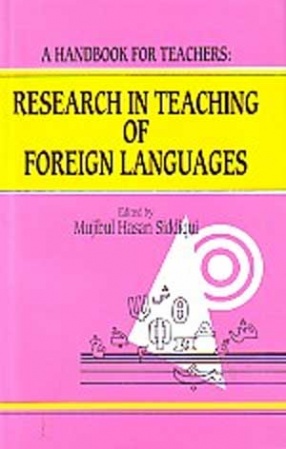
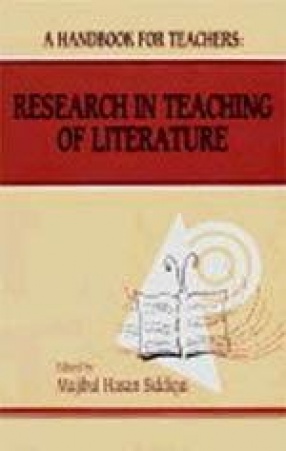

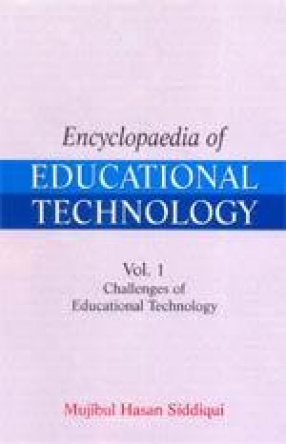
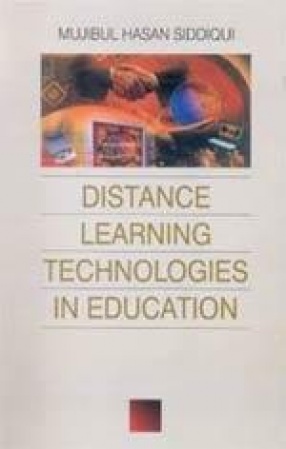
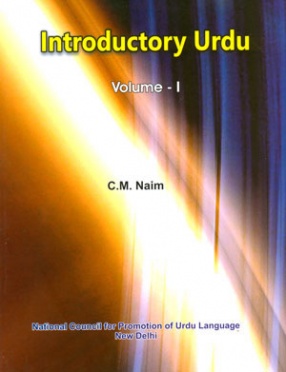
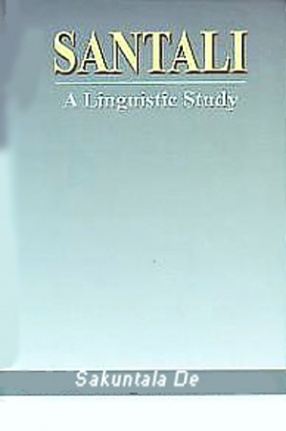
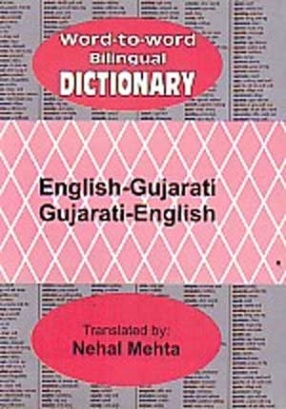
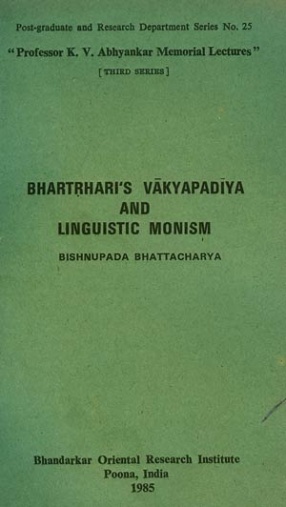

Bibliographic information